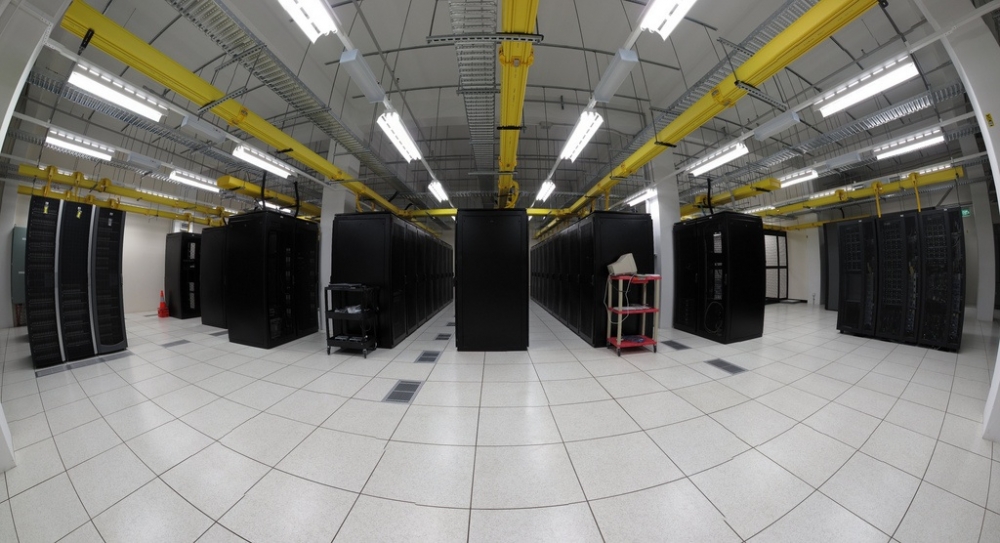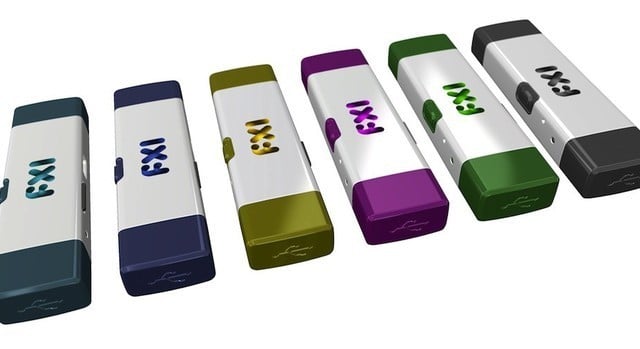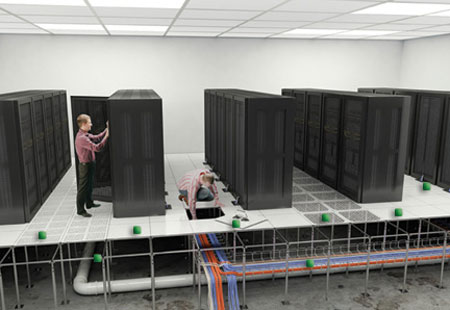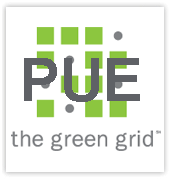
Facebook Data Center Infrastructure Expenditures: A Quick Analysis
February 23, 2012
FXI Announces Cotton Candy, Full Linux Machine in a USB Drive
February 28, 2012A data center can be everything from a small closet with a couple of machines to large warehouses filled with thousands of servers, processing incredible amounts of data every day.
Whether the data center is small or large, there is always room for improvements when it comes to energy efficiency. Version two of Recommendations for Measuring and Reporting Overall Data Center Efficiency was published 17 May 2011, further polishing the recommendations on improving, measuring and publishing power usage effectiveness (PUE).
What is PUE?
One of the first steps to increased energy efficiency for data centers is to implement instruments that measure PUE. In a data center facility, PUE = Total energy consumed / Energy consumed by IT equipment
Measuring PUE is a concept that allows you to look at how effective power is used by the IT equipment relative to overhead operations such as cooling. PUE values should be measured as frequent as possible, allowing you to get a good picture on how energy is used by the hosting facility.
A PUE value of 1.5 means that it takes 0.5W of overhead power to deliver 1.0W to the IT equipment. In other words, a PUE value of 1.0 is considered ideal. Google’s PUE record for a single datacenter is 1.09.
Why is PUE important?
While lowering PUE can result in substantial savings in terms of reduced energy consumption and costs for a data center, I would argue that the following is even more important.
Energy efficiency is an absolutely essential piece of the puzzle when it comes to reducing our carbon footprint and fighting global warming. You might also want to look into why conserving energy at home is important.
There are substantial gains when it comes to increasing energy efficiency in data centers. Google stated that they were able to decrease their energy use in their data centers to about 50% of what a typical data center consumes, resulting in millions of dollars in saved energy costs.
Innovative Design Can Improve Both Energy Efficiency and Performance
A new data center should be built with energy efficiency in mind. However, this does mean that older facilities cannot make significant gains.
Here are some of the practices that yield the best results:
Proper management of airflow is critical when it comes to lower energy consumption. Several techniques such as computational fluid dynamics (CFD) and thermal modeling can be used to model airflow in your data center. This will enable you to make smart choices when it comes to improving design, thus lowering energy consumption.

Data center cooling is a key element in computing efficiency, as well as preserving computer components. On the other hand, adjusting the thermostat to higher temperatures, could actually safely lead to lower energy consumption without loss in performance. American Society of Heating, Refrigerating and Air-Conditioning Engineers (ASHREA) recommend temperatures for data centers up to 80 degrees Fahrenheit.
Take advantage of outside temperatures (free cooling). By making the most out of your environment you can also see tremendous gains in energy efficiency.
Read more about energy efficiency on EnergyInformative.org, a site that is dedicated to inform and promote the use of clean, renewable energy technologies and increased energy efficiency.
For more information contact Mathias Aarre Maehlum

